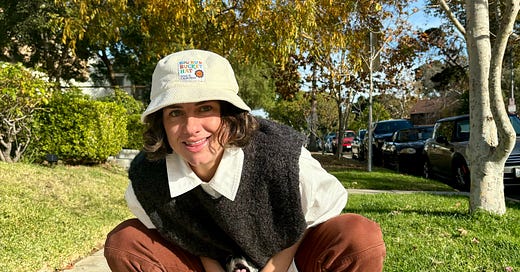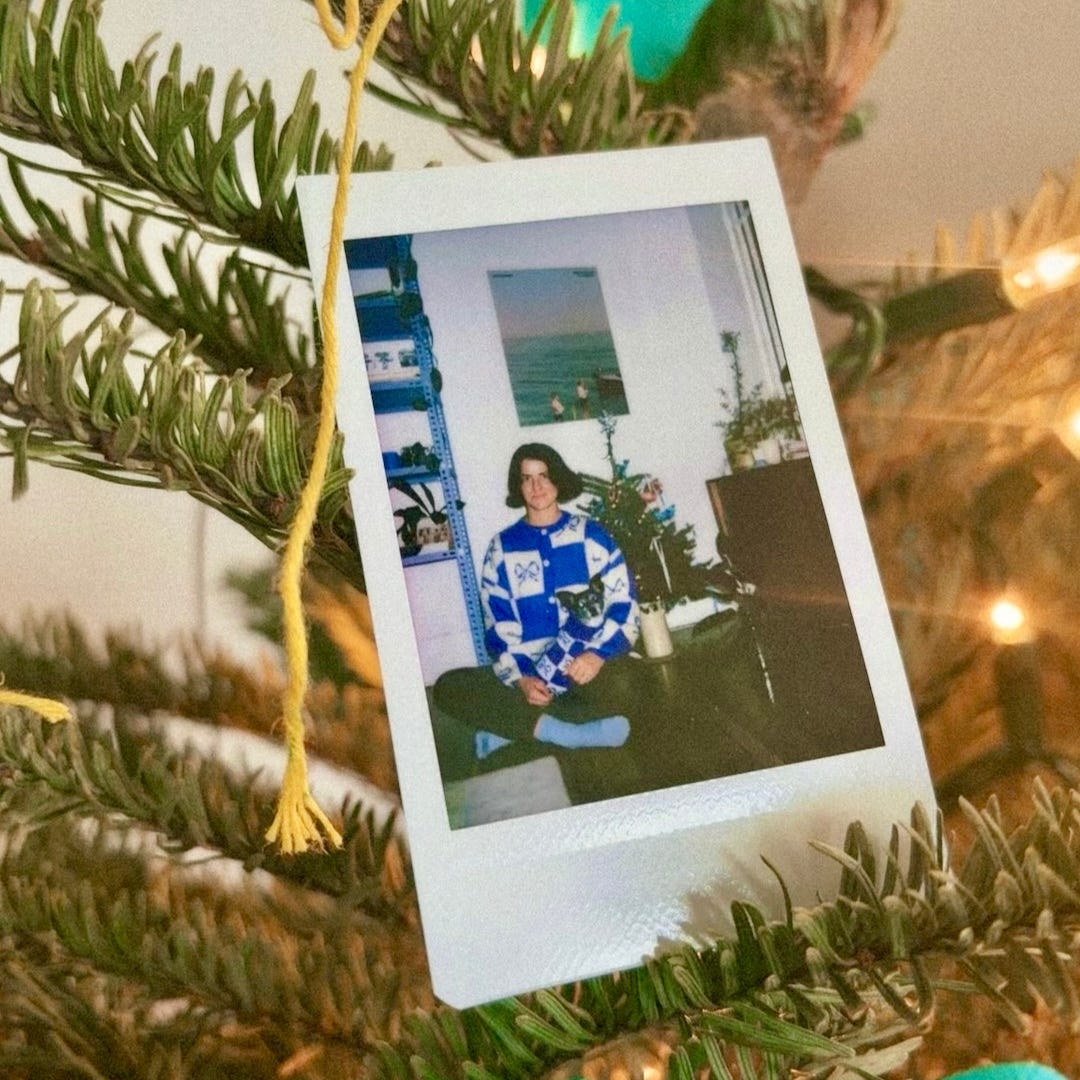Note: I am not a doctor. I am not an expert on TMS. I do not claim to fully grasp or understand the science, effects, symptoms, etc. of TMS. What I share is based on my experience and understanding.
I’m approaching a year of receiving TMS therapy. My first TMS appointment was on January 10, 2023. Since that date, I have received over 60 treatments. Each treatment is about an hour because I stimulate both sides of my brain to target depression and anxiety. So, that’s over 60 hours of magnet time.
TMS stands for Transcranial Magnetic Stimulation. You sit in a slightly uncomfortable dentist-like chair, your head is lightly strapped in with velcro, and a magnet sends pulses to your brain. The magnet helps reroute your neuropathways.
Imagine it like a river. Water carves out pathways, setting grooves and finding the least resistant way forward. Sometimes, those pathways are unhealthy and destructive and lead to sad, achy, dark things. The magnet works to redirect the river.
However, you cannot just rely on magnets! Almost everything impacts these neuropathways, and only by engaging with them can you affect change.
Engaging with them can be going to therapy, writing, exercising, practicing gratitude, meditation, eating healthy, mindfulness, etc. Through these kinds of activities (or interruptions or investigations), you engage deeply with yourself, and learn more about the way you work, how you are built, and what you need.
TMS is meant to assist in and speed up this process. A handful of doctors told me, “It’s like going to a brain gym.” After a session, depending on the intensity, you can feel quite tired, and during the first few sessions, it’s common to experience mild headaches.
In the beginning, for the acute intensive treatment, I went in five days a week for about eight weeks. I did not drink or smoke for the entire time; I audio-read about seven books, began The Science of Wellbeing course with Dr. Laurie Santos, started working out daily, and secured an Internal Family Systems (IFS) therapist. I wanted to increase my positive influence.
After that ended, we gradually spaced out the appointments, going from once a week down to once a month, and I phased in and out new and old habits.
After the eight-week sprint, I felt change. Before TMS, the distance between me and my depression and anxiety was non-existent. My thoughts were “slippery,” the word my doctor used to describe it. It was impossible to discern between a passing thought or moment and a “final truth.”
A very simple example would be if I stubbed my toe, I would wonder why I was even here and if I deserved to be alive. The “slippery” thing being that I couldn’t separate anything from being tied to my worth, value, or vitality. Everything pointed to the “truth.”
I applied this logic everywhere. I still do, but here is where TMS comes in. After TMS, I felt a thick, frosty glass wall arise between me and this process. I can see and remember it, but don’t slide into it. Which means I can live!
I am still depressed and anxious. I still question my worth and if I have value. I still think about life and death. So, the challenges remain, but I am stronger.
It’s important to note that the effects of TMS are not permanent. And although I have clearly benefited from TMS, my goal is to stop treatment eventually. I appreciate what it has given me, but I want to see what I can do next. Because one thing that TMS proved was my determination to live and I’d really like to see how else that manifests.
So, here is to another year of altering my neuropathways and being kinder to myself.
HOT – The human instinct to create beauty. When you put all the forks and spoons away and they fit into each other. Naming your Christmas tree. 69 Herbs.
NOT – The ache in your back from leaning over a puzzle. Food poisoning! Beans. Submitted by She’s Friendly reader, Natalie: “when you put the toothpaste on the toothbrush, and then you wet the toothbrush (despite knowing and understanding why you should wet then apply but you’ve been doing it this way your whole life, so) and the toothpaste goes straight! down! the drain!”
“I do not respond to subtext. I do not respond to subtext. I do not respond to subtext.” - Katelyn (my therapist)
My friends, Emelyn and Sie of Good Soup joined me on the podcast last month. We talked about unfriendly soup, intention, reading the subtext, bathing culture, the dividing line of Ross, and other things from the December 1st newsletter. Listen to the episode on Apple, Spotify, and Substack. Subscribe to the Good Soup Substack and follow along on Instagram.













